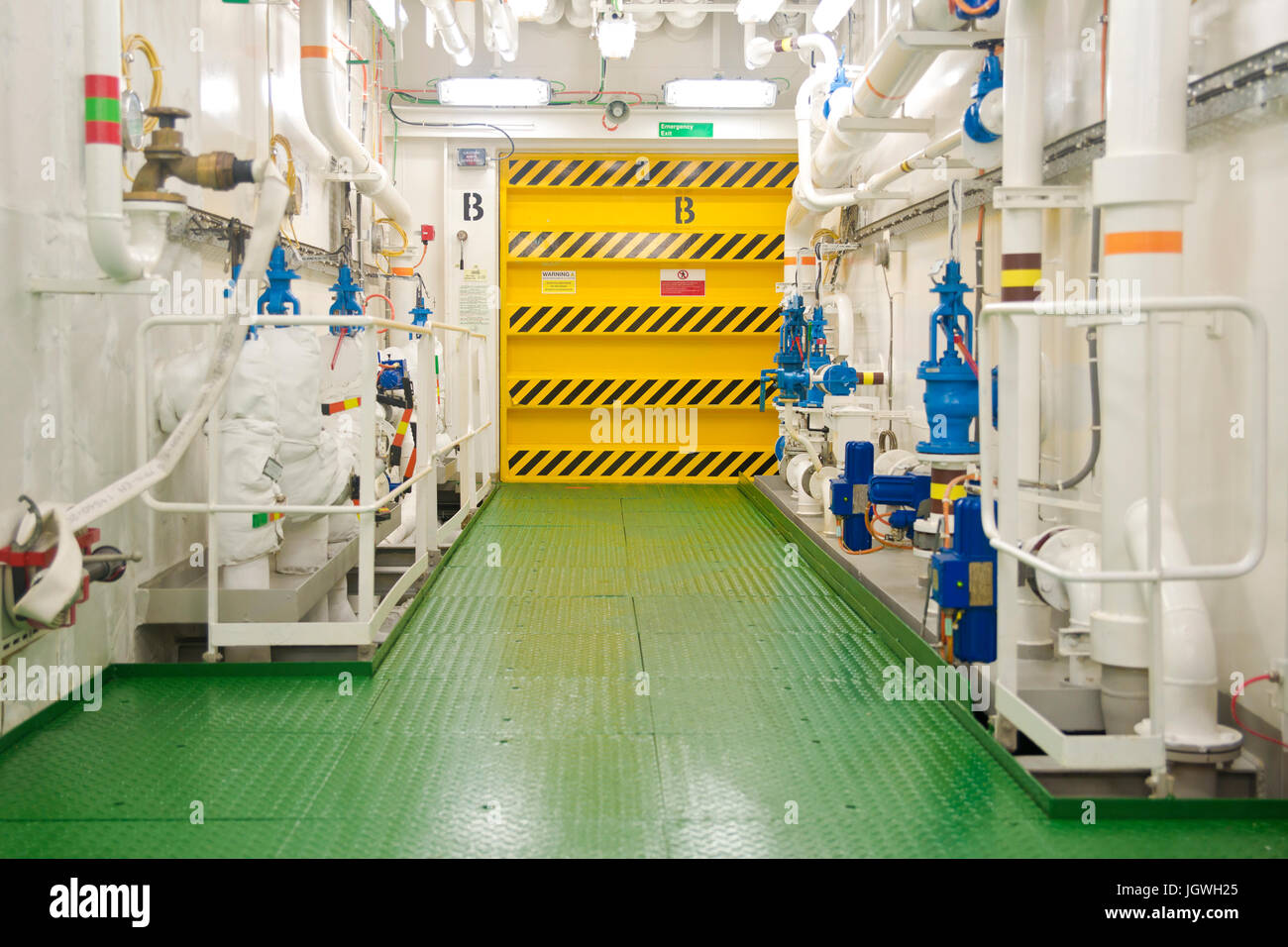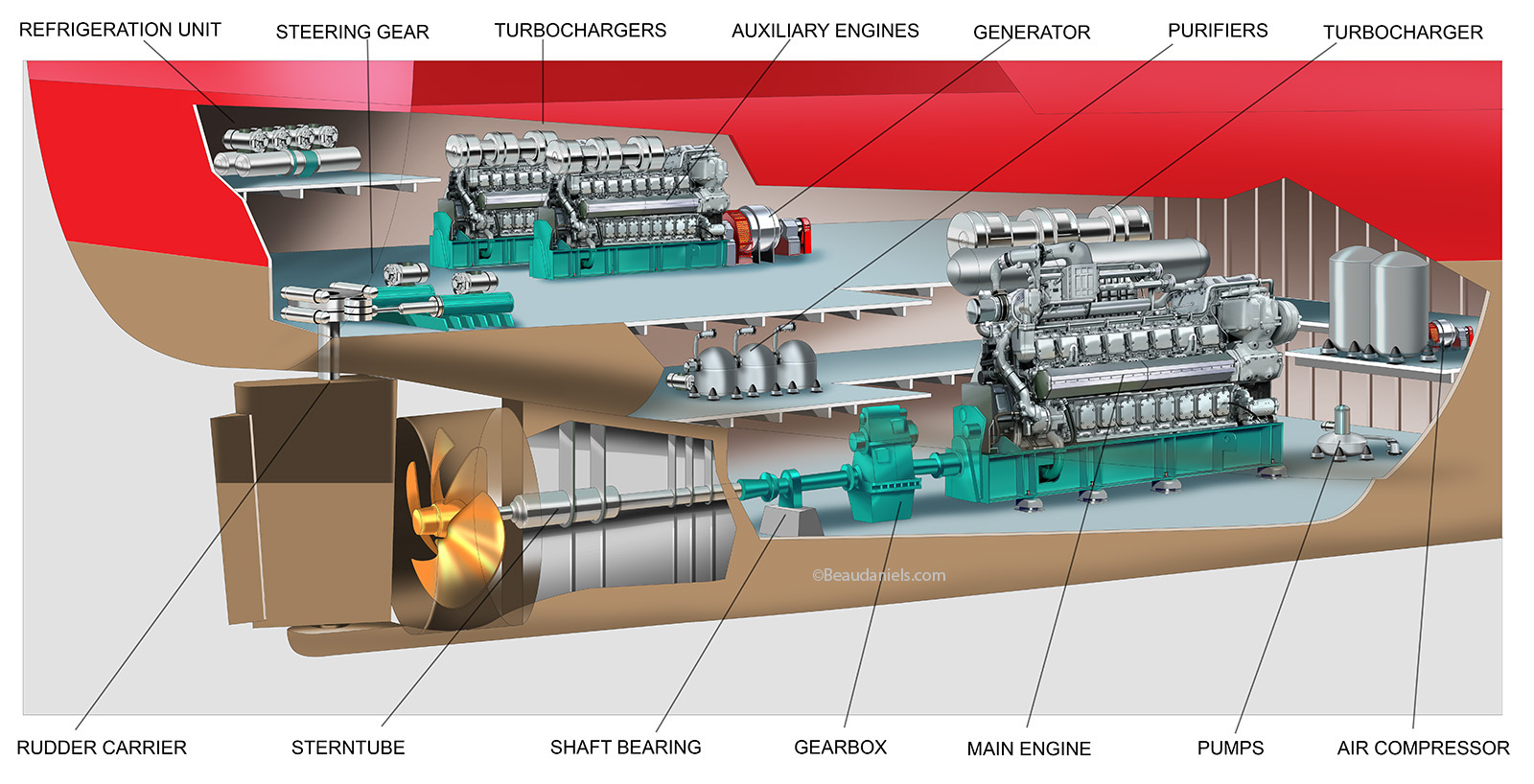Where Is A Cruise Ship Engine Located?
Table Of Content

On the bridge, the ship crew has the nautical charts and the computer equipment that controls and reports on the ship’s electronic, mechanical, and communication systems. The No. 1 priority of all cruise lines is to keep all their guests completely safe. If the unexpected happens, know that the cruise ship has backup plans. A well-trained crew knows how to properly handle the situation so you are in safe hands. While cruise ships can move upwards of 34.5 miles per hour (30 knots), most will only travel at 23 miles per hour (20 knots).
Where Is the Engine Located in Ships?
Thanks to the insulation and sound dampening, you’ll only hear a slight “purr” if you’re near the engine room.
Carnival Cruise Passengers Attempt to Bring Portable Washing Machine Aboard Ship
Crew members can enjoy breaks and catch up on sleep in these areas. Some ships will also feature separate mess and canteens for crew members in the lower regions of the ship. Since the hull must withstand harsh conditions, like crashing waves, significant water pressure, saltwater, and even impacts, it needs to be incredibly strong. All new TUI ships are built to the latest standards with environmentally-friendly marine technologies. These vessels, both as design (hull and superstructure) and implemented technologies, are highly energy-efficient. The advanced exhaust cleaning system uses a catalytic and scrubber converter.
Guided Tours
Royal Caribbean vessels of Oasis, Freedom, and Voyager classes have pod-propulsion as many other big ships, which is opposed to the fixed traditional screws which push in one direction only. The 3rd Oasis-class ship - Harmony of the Seas, is currently the most technologically advanced and energy-efficient cruise vessel ever built. Azipod cruise ship propulsion system is situated outside the hull in the aft of the ship.
The LNG is stored at temperatures -160 Celsius (-256 Fahrenheit) and under pressure 4-6 bars. The LNG cruise ship concept was first introduced by Wartsila (Finnish manufacturing company) and is based on drive shaft propulsion instead of azipods. The LNG tanks' location is in the upper deck area (right below the funnels). Rolls Royce is the manufacturer of the world's largest GAS marine turbine "Rolls-Royce MT30". The turbine will provide the immense 109 MW of power for the 2 propellers, all the weaponry, radars, command sys, etc. of the new generation UK aircraft carriers of the Queen Elizabeth class.
Engine room explosion reported on Maine cruise ship - WorkBoat
Engine room explosion reported on Maine cruise ship.
Posted: Wed, 25 Oct 2023 07:00:00 GMT [source]
What Is Inside Cabin on a Cruise Ship?
The main purpose of echo sounders in cruise ships is safe navigation through waters. The term “bridge” comes from the time of the paddle steamers, where a bridge was built above the two paddle houses that used to hold the paddle wheels. This way the skipper could observe both wheels, while moving freely between the two and giving out commands. The side extensions are called bridge wings and often have a glass flooring for better visibility. In May 2019, the US company "Maid of the Mist" ordered ABB two new all-electric vessels for the company's Niagara Falls tours. Both catamarans are 100% emission-free being powered by high-capacity batteries.
Cruise Lines That Allow Engine Room Visits
For the most part, cruise ships will not offer tours of the hull. The access to this segment of the ship needs to be carefully regulated to maintain the safety of the individual passengers and the entire ship. In simple terms, allowing passengers to explore the ship’s hull would be too dangerous, even if they were supervised by authorized crew members.
If it does happen, the captain consults the chief engineer to diagnose the cause of the malfunction. They will assess the severity and determine whether it is fixable. These massive vessels can consume power up to about 50,000 horsepower. Engines are designed to move large propellers or produce enough diverted electricity to drive the propellers. Finally, cruise ships pride themselves on providing a plethora of entertainment options for passengers to enjoy.

This briefing may cover important aspects such as emergency protocols, necessary safety gear, and areas to avoid. The hull’s outer plating composes the most visible layer of the hull. It protects the lower portions of the ship and provides the primary defense against external elements, like water pressure and floating objects. In most cases, this plating is made from hardened steel and coated with specialized paint that can withstand the corrosive effects of ongoing saltwater exposure.
As the techniques used to build ships and the fuel systems utilized by the rest of the world advance there will unquestionably be changes in the cruise ship industry. The next few decades should be a new “Golden Age” for the 21st Century much like the 20’s and 30’s were in the 20th. The engine rooms of today that are the heart and soul of large cruise ships would be confusing and unrecognisable to the engineers and operators from the past. The big ships are still run on turbine power, but the similarities end there. The new fuel systems burn cleaner and don’t require the use of oil or coal like the steam engines of the past. Since oil has recently gone up significantly in price this also means the new ships are more economical.
Essentially, it is the portion of the ship most submerged in the water. For this reason, the hull plays a critical role in keeping any cruise ship afloat. Today, we will take an in-depth look at what lies beneath the surface of a cruise ship by exploring the hull. Not only will we explain what is down there, but we will also explain the critical function the hull serves. We will even address some common questions cruise ship passengers have about the hull.
Despite being 345 metres long with a displacement of 76,000 tons she is one of the most manoeuvrable cruise ships on the water today. The technology that went into the construction of the Queen Mary 2 is some of the very best ever used on a cruise ship. The first company that fitted cruise vessels with gas turbines, was Royal Caribbean. Gas turbines are greener than diesel engines and allow ships to sail with reduced inventory and smaller maintenance crew. Gas turbines drive generators which in turn provide electricity to propeller motors.
Perhaps you’re fascinated with the engines that power a cruise ship, or perhaps you want to know which cabins to stay well away from, due to the noise and vibrations of the engine. It is where crankshafts, pistons, and hammers rotate to make the ship move forward. The chief engineer and crew work 24/7 to ensure the entire ship operates smoothly. It permits luxuries onboard like electricity, plumbing, and air conditioning to function. It has been used only since the late 2000s but is seeing promise as a more environmentally friendly method of powering cruise ships. Engines use diesel fuel, which, when ignited, drives the engine pistons up and down.
The International Maritime Organization has a “Safe Return to Port” initiative. The largest cruise ship, Wonder of the Seas, utilizes six marine-diesel sets, with each composed of three 16-cylinder Wartsila engines. Group sizes for engine room tours may vary depending on the cruise line and the capacity of the engine room. Smaller group sizes tend to allow for a more personalized experience, where visitors can interact with the tour guide and ask specific questions.
The Queen Mary 2 runs on four 16-cylinder marine diesel engines and two gas turbines which put out a combined 67,200 kW at 514 rpm. This system is known as CODAG (Combined Diesel and Gas turbine), and has been common in naval vessels for some time. It’s considered the most economical for a ship when travelling at low speeds and has the power to help it attain high speeds quickly.
Comments
Post a Comment